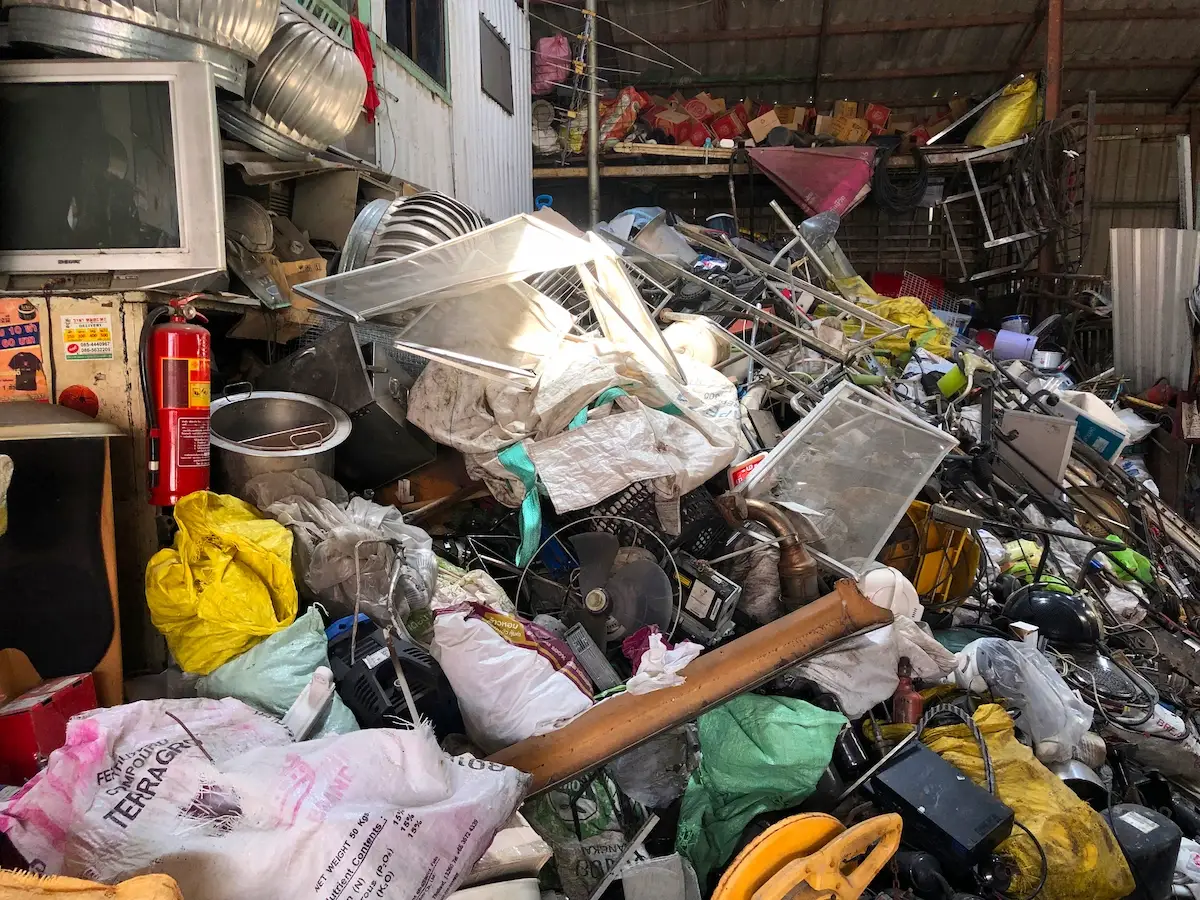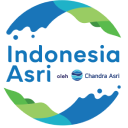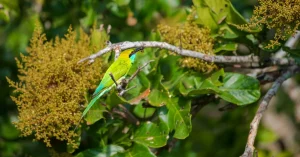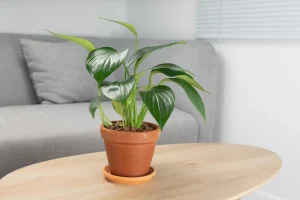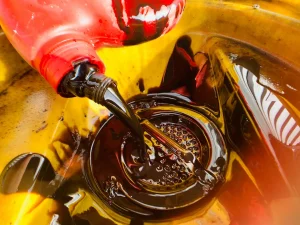Table of Contents
Have you ever heard about residual waste? Residual waste is a hard-to-recycle waste because of some factors, such as limited technology, cost, and manpower. To learn more about residual waste, read this article until the end.
What Is Residual Waste?
Residual waste is difficult or impossible to recycle. Another definition of residual waste is waste that remains after all recyclable waste has been separated. Then, how does waste belong to residual waste? Typically, residual waste cannot be processed due to limited environmental and economic costs.
Moreover, this waste might have more negative impacts than benefits when being further processed. Residual waste does not consist only of inorganic waste. Organic waste can also become residual waste.
This kind of waste becomes a challenge in some countries in the world. For example, the U.K. government reported that the amount of residual waste in 2023 was about 58.7 million tons. That’s why residual waste must be managed properly to prevent it from polluting the environment and worsening the impact of climate change.
Characteristics of Residual Waste
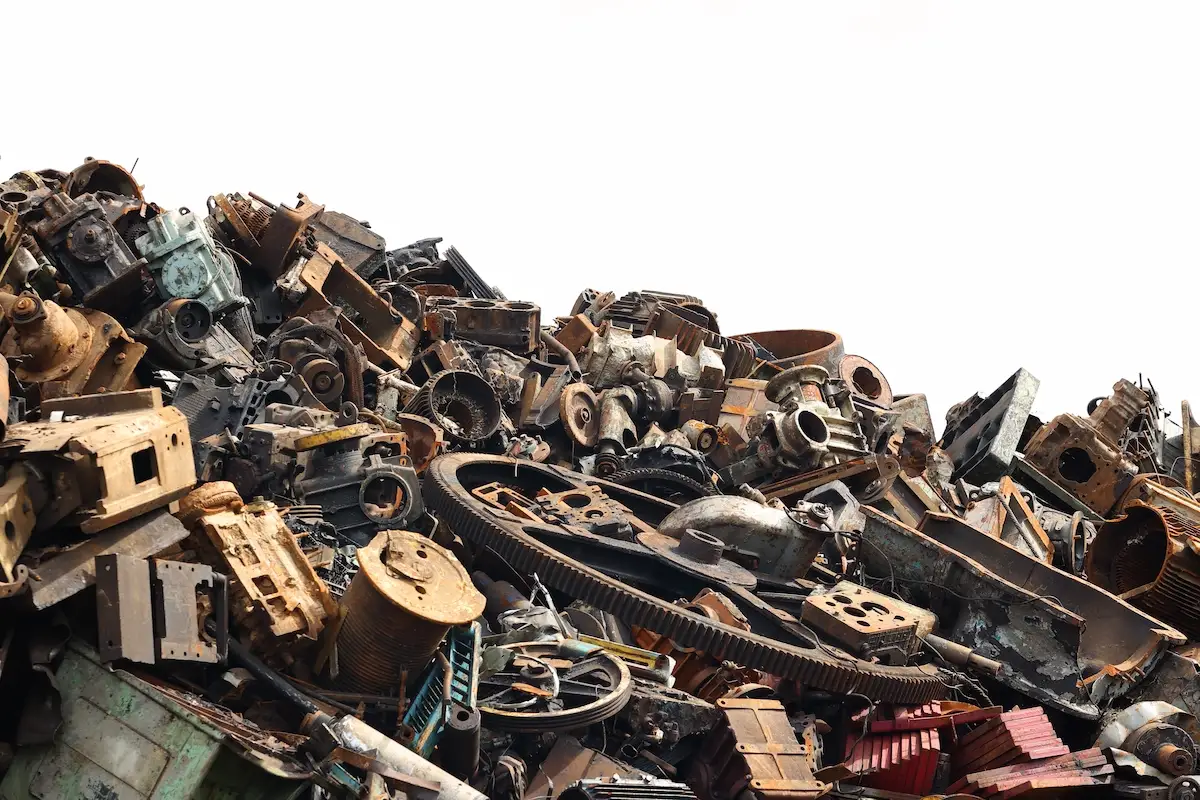
If you find waste with the following properties, it is more likely residual waste. Here are the characteristics of the waste that you should know:
1. Hard to Recycle
Residual waste is usually difficult to recycle because it must be separated based on its type or material. If you do not have adequate technology to separate it, the process will be slow and resource-intensive. Menstrual pads are an example of this residual waste.
2. Causing Damage to the Machine
Waste that can damage the machine also belongs to residual waste. Some examples are extremely hard waste or waste that is too flexible and can wrap around machine components.
3. Having Low Quality Recycling
This kind of waste comes from recycled waste, like scrap paper. Scrap papers are produced from low-quality used paper. Thus, when the paper is recycled again, the quality deteriorates or is perhaps improper for further use.
4. Spreading Disease
Residual waste also includes waste that can spread diseases if processed further. Some examples are used tissues, used diapers, used pads, and items that may carry dirt, saliva, or blood.
5. High-Costly
Residual waste is waste whose treatment process requires more resources, including costs, because the technology is more complicated. An example of waste that is difficult to recycle is textile materials.
Read also: How to Carry Out Household Waste Management in 8 Ways
Types of Residual Waste
Either organic or inorganic waste can be categorized as residual waste if it meets the properties above. Below are types of residual waste you should know:
1. Composite Waste
Composite waste is residual waste whose materials are hard to separate, requiring more complex processes to do so. An example of composite waste is a paper sticker whose adhesive is hard to remove.
2. Contaminated Waste
Contaminated waste is litter that has been contaminated with other waste or hazardous materials, making it impossible to recycle. An example is a paper that has been contaminated with toxic waste.
3. Contaminated Fabrics
Similar to contaminated waste, fabrics contaminated with hazardous materials are also difficult to recycle because they have the potential to contaminate the recycling process and cause health problems for workers or the surrounding community.
Is Residual Waste Hazardous?
Residual waste is numerous and can be categorized based on the types and damage potential when it is improperly managed. Some residual waste might have a lower risk of contaminating the environment, like processed food waste.
On the other hand, there is also waste with a high risk of contamination, like metal-containing waste. Residual waste is not always dangerous, but it can still pollute the environment or threaten human health if not processed properly.
Read also: 8 Ways of Organic Waste Management, Easy and Eco-Friendly!
Examples of Residual Waste
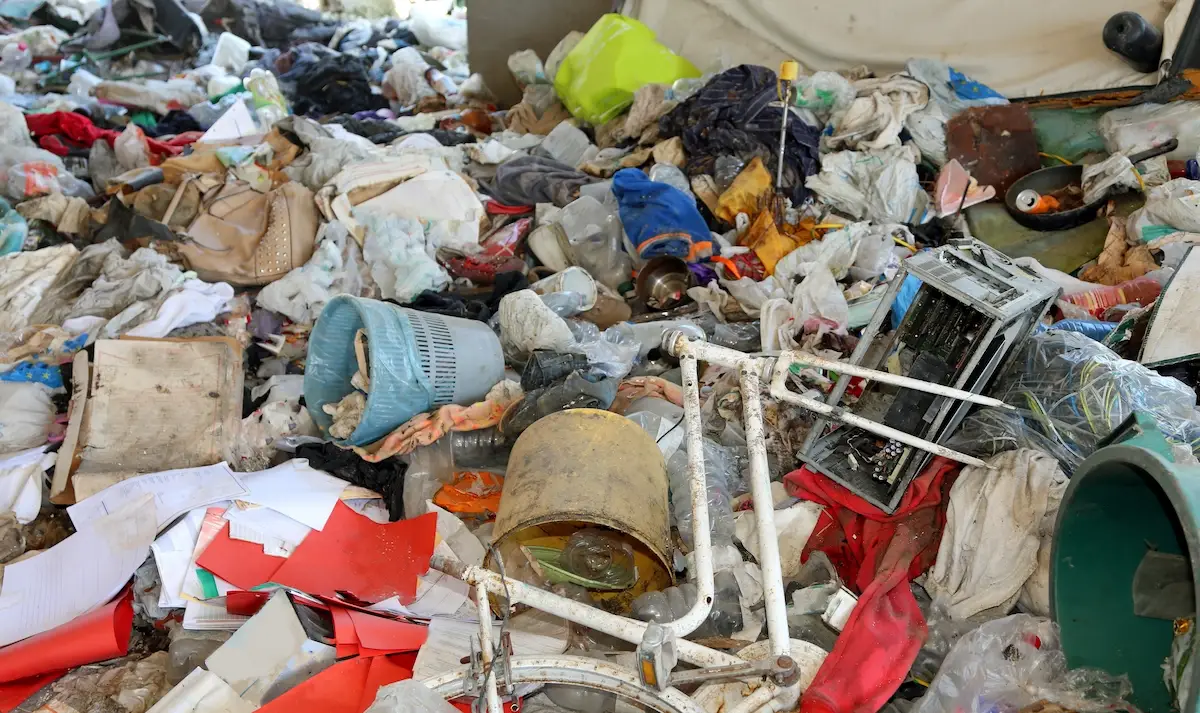
There are several examples of residual waste that you might encounter in daily life, such as:
- Disposable pads or diapers.
- Stickers and adhesive labels.
- Disposable masks.
- Broken glass that has been mixed with other materials.
- Used batteries.
- Synthetic dish sponge.
- Unused cables.
- Used syringes.
- Disposable cosmetic packages.
- Aluminum-foiled food packages.
How to Manage Residual Waste
Residual waste processing can start with us as users to make it easier for recyclers to process it. Here are ways to manage residual waste:
- Reducing the use of disposable products.
- Choosing products that are easy to recycle.
- Separating residual waste from recyclable waste for proper management.
- Using different trash bags for recyclable waste.
- Applying the principles of Reduce, Reuse, and Recycle (R3).
- Supporting waste care community programs.
- Educating the closest people about residual waste.
- Following the government programs in handling waste.
- Utilizing standardized waste destruction technology.
That concludes the information about residual waste you must know. Residual waste is a type of waste that is difficult to recycle, so you need to reduce the use of products that may become residual waste.
Along with that, you can contribute more to the environment by joining Indonesia Asri! This Chandra Asri Group’s campaign has several exciting programs that educate you to be more careful of the environment, one of which is #SiPalingSustainable.
#SiPalingSustainable has many fun challenges you can take part in to implement sustainable lifestyles. You can also share the moments on the official website of Indonesia Asri and win the challenge!
Wait no more! Register yourself now and bring your best contribution to nature!
Read also: The Youth Must Care About the Environment



